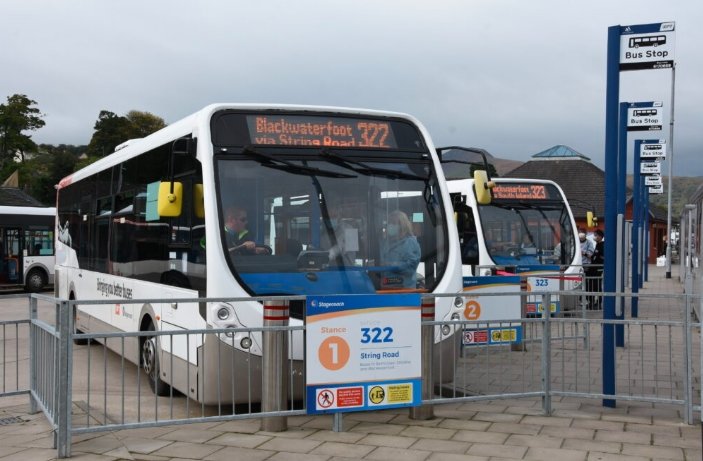Young people under 22 in Scotland have taken more than 250 million free bus trips since the scheme started in January 2022. This program gives eligible residents a National Entitlement Card for unlimited bus travel, helping to cut costs for families and open doors to better opportunities across the country.
How the Free Bus Scheme Started and Grew
The Young Persons Free Bus Travel Scheme launched on January 31, 2022, aiming to make public transport easy for kids and teens. It covers everyone aged 5 to 21 who lives in Scotland, no matter their background. Now, over 80 percent of those eligible hold a card to use it.
In the first year alone, nearly 45 million trips happened, showing quick uptake. By October 2025, the total hit 250 million, with strong use among teens aged 12 to 21. This growth ties into broader goals like reducing child poverty and pushing for greener travel options.
Uptake rates vary by age group, but overall, it has pulled more young riders onto buses. Families save money that once went to fares, letting kids reach school or friends without worry.

Benefits for Young Riders and the Economy
Free bus travel does more than save cash. It helps young people get to school, jobs, and fun spots, building skills and connections. Minister for Connectivity Jim Fairlie says this unlocks potential and fights child poverty by easing family budgets.
The scheme supports climate goals too. Buses cut down on car trips, lowering emissions in a nation pushing for net zero. It also boosts local economies as more youth shop or visit towns, keeping businesses alive.
Here are some key ways the program helps:
- Cuts travel costs for low income families, freeing up money for food or books.
- Increases access to education and training, raising job chances for teens.
- Encourages lifelong public transport use, aiding green habits early on.
- Strengthens community ties by letting kids visit relatives or join clubs easily.
When linked to other free travel perks for seniors and disabled folks, about 2.3 million Scots out of 5.5 million ride buses at no cost. This wide reach shows how the policy touches daily life.
Tackling Reports of Bad Behavior on Buses
Not everyone praises the scheme without notes. Some bus operators and riders report more rowdy acts by youth since it began, like fights or damage on routes. In places like Glasgow and Edinburgh, incidents led to diverted services or scared passengers.
Government checks show no big jump in overall crime stats tied to the program. A year one review found slight rises in feelings of crowding or mischief, but safety worries dropped for solo or night trips. Still, leaders talk about pulling cards from repeat offenders to keep rides safe.
Bus firms work with police on zero tolerance rules. They stress most young users behave well, and the few bad cases do not define the group. This balance keeps the focus on positives while fixing issues.
Experts note wider factors like post pandemic stress play a role in youth behavior, not just free rides. Ongoing talks aim to add support like more youth workers on busy lines.
Budget Boost and Road Ahead for the Program
Scotland invests big in this initiative. For the 2025 26 financial year, £417.5 million goes to all concessionary bus fares, up 12.7 percent from £370.4 million last year. This covers the under 22 scheme plus others.
The extra funds handle rising use and keep services running smooth. It also ties into talks for fare caps or train extensions, as seen in recent England calls to copy Scotland’s model.
| Year | Budget for Concessionary Fares (£ million) | Change from Previous Year |
|---|---|---|
| 2024-25 | 370.4 | – |
| 2025-26 | 417.5 | +12.7% |
This table shows the steady rise, proving commitment to public transport. Future plans include evaluations to measure long term wins, like job gains or emission drops.
As England debates similar perks, Scotland leads in making travel fair for youth. The scheme proves bold steps can change habits and help society.
Readers, what do you think of free bus travel for young people? Share your stories in the comments and spread the word on social media to spark more chats on better transport.


















